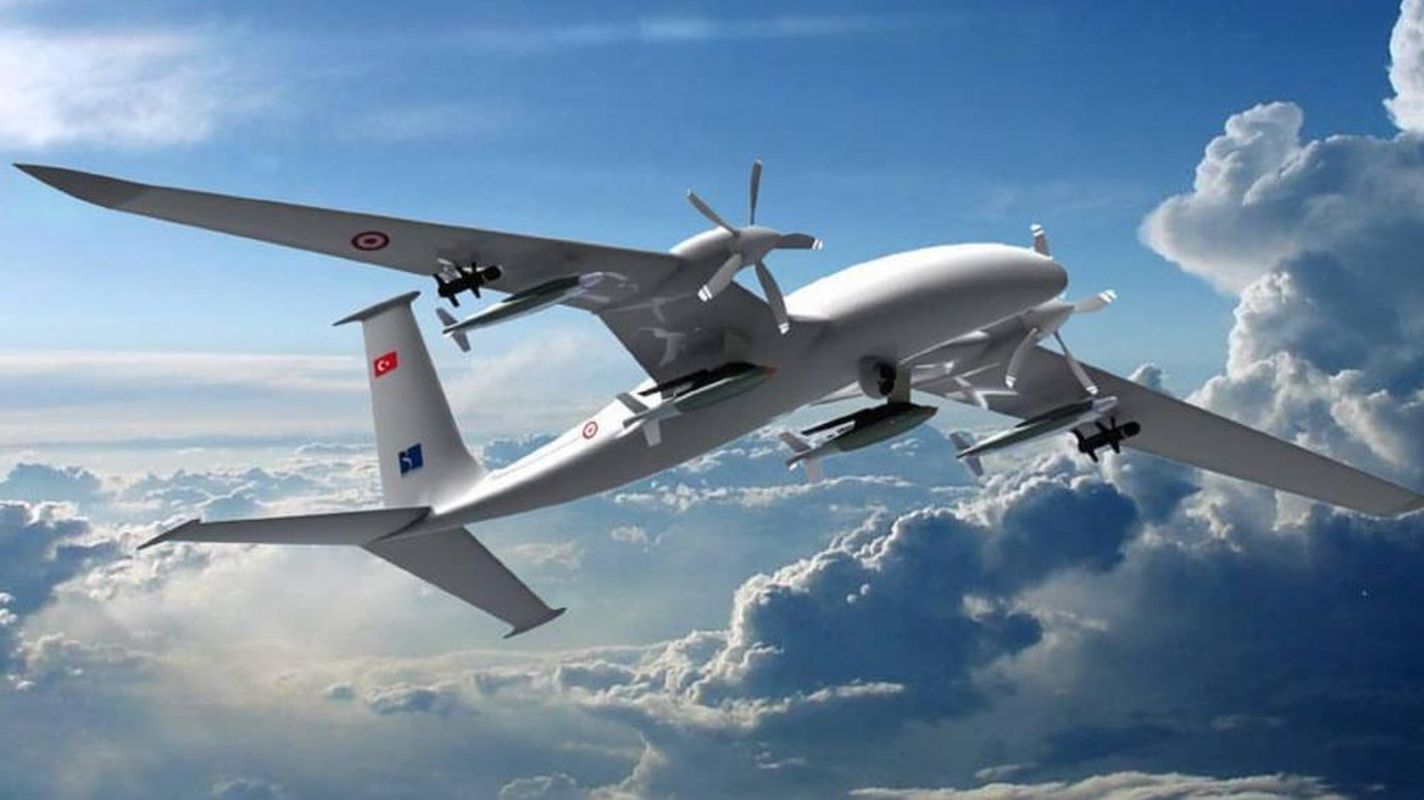This strategy is industry wide. The same thing happend with Atak helicopter, SOM missile's, etc. I believe it was Temel Kotil that explained this using Lego as an example. He explained that you make a final product using Lego pieces that come from various sources, be it domestic and foreign. At the beginning most components are foreign, but as time goes on for every individual Lego piece/component an indiginous version gets developed and the localized % of the final product becomes higher and higher. I heard this concept from other higher ups within the industry, but the Lego example was the one that stuck for me. The higher ups never lied about this strategy and have been transparent and known for a while, if you are referring to the 100% yerli ve milli thing, that is a whole nother topic and its more targeted to effecting the morale in positive way. But everyone that knows about economies of scale and production knows that 100% localization is not feasible. Regarding the strategy for instance ATAK, the first few ATAK helicopters had more foreign products then newer one's. Eventually when the engine is localized and ready, the local percentage of ATAK will be at the desired/targeted level (probably not 100% though as that is not feasible in most cases). Milgem frigate's as well, they started off at 20, 30% or 40% I dont really remember it. It is now at more than 60% the last I heard. In the original road map of Altay we can see this same strategy as well. The original plan was for the first 250 tanks to use foreign engine, until the local one was ready, tank 251 and onward was supposed to have the local engine. I may have a few mistakes regarding the details with numbers because I am trying to write it from memory, but my point is the strategy behind these projects.
Therefore it doesn't really suprise me to read that the roadmap followed on TB2 was like this as well, because that is the general strategy that SSB and the defense industry as a whole has been following for years now and the main reason why the industry is succesful. As the industry matures, it can afford to start new projects with a higher local percentage because components are more readily available from within the country as well as technological know how. I am sure Gokbey starts off with a higher localized percentage, compared to how ATAK started off for instance. And future helicopter projects after Gokbey will probably start off with an even higher localized level as compared to Gokbey due to the general industry having matured more as well as local engine's being readily available etc.
I don't really know how many UAV's we have in total, but it is safe to assume that most of these uav's in the inventory use Wescam FLIRs (almost all of TB2's and some Anka's). Some Anka's were eqiuped with Wescam's as well when Starfire's were blocked, during this time CATS didn't meet the requirements:
https://www.defenceturkey.com/en/co...rts-serving-turkish-naval-forces-command-3035
For Anka's they also opted for Wescam instead of CATS due to performance issue. This suggests that the decisions regarding which FLIRs to be installed was done by the end user/military and not Baykar or TAI.
Having so much of these Wescam FLIRs in the inventory, than it is only natural that maintenance as well as distribution needs to be done by someone. According to your post Baykar took on the distribution and maintenence of Wescam FLIRs. But that doesn't automtically mean that Baykar doesn't care about national subsystems. Baykar followed the exact same strategy under the coordination of SSB, on top of that, when CATS started to be serially produced in october of last year, they immidiately started implementing them on TB2. They were doing flight tests in the first week of november. The leadership at Baykar stress the importance of indigous production every time they get the chance. This is also backed by how they sponsor and organize events like Teknofest and T3 workshops to inspire our youth to persue technological and scientific endeavors. If anything, I would argue that Baykar is the company that spearheads the importance of indigous production and innovation.








